Val di Sole, Leogang and Lenzerheide; the giants of World Cup destinations. Providing danger and speed, making memories and crushing dreams, these tracks have been at the forefront of gravity riding for years, but how did they become world-class material in the first place?
With the 2023 season marking the last time some of the most notable World Cup stops, including Lenzerheide, will appear in future programs, other bike parks have been called to step up and fill their spot on the calendar.
One of these is in Loudenvielle. Situated in the French Pyrenees, the traditional little town resides in the shadows of the surrounding mountains. Having never held a World Cup, the bike park has been put under the pump to equip itself for its entrance into the downhill scene this year.
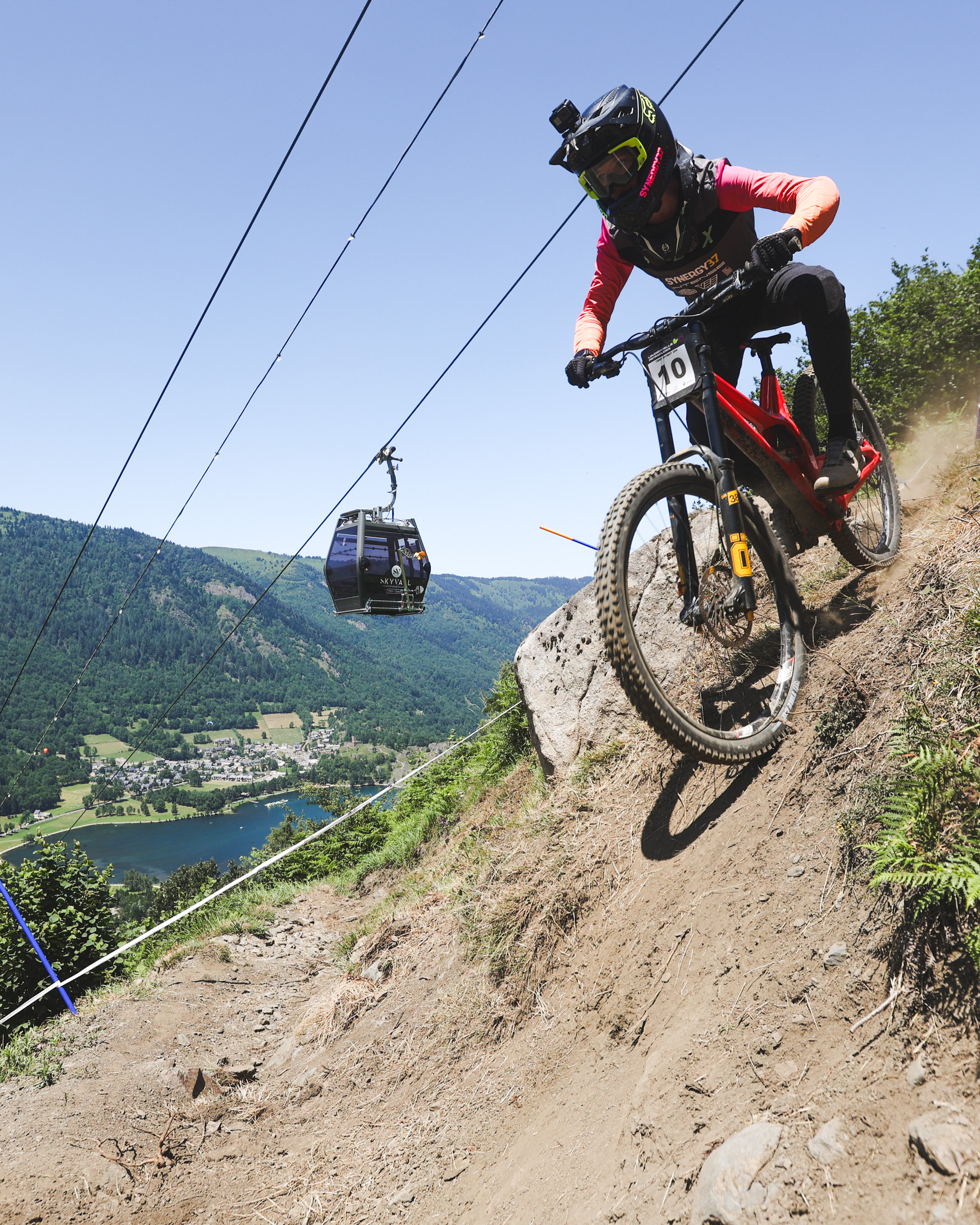
From the start, when the UCI selected Loudenvielle, to the building and testing of the track and organising of its broadcast, the work which has been going on behind the scenes to make it World Cup-worthy has been almost as impressive as the race itself.
We caught up with the man at the helm of making Loudenvielle a World Cup destination, Ludovic Henry, to find out more.
Finding the perfect destination
A World Cup event means busy streets and noise. It means hoards of spectators and masses of riders. It means swathes of camera crews and UCI officials. It means a whole lotta people.
World Cup venues are packed to the gills come race week; fields are blocked off for parking kilometres away from the event site, access for large vehicles into the epicentre of activity needs to be organised, and pit areas — overflowing with support crews, racers and their sponsors — spill into the streets.
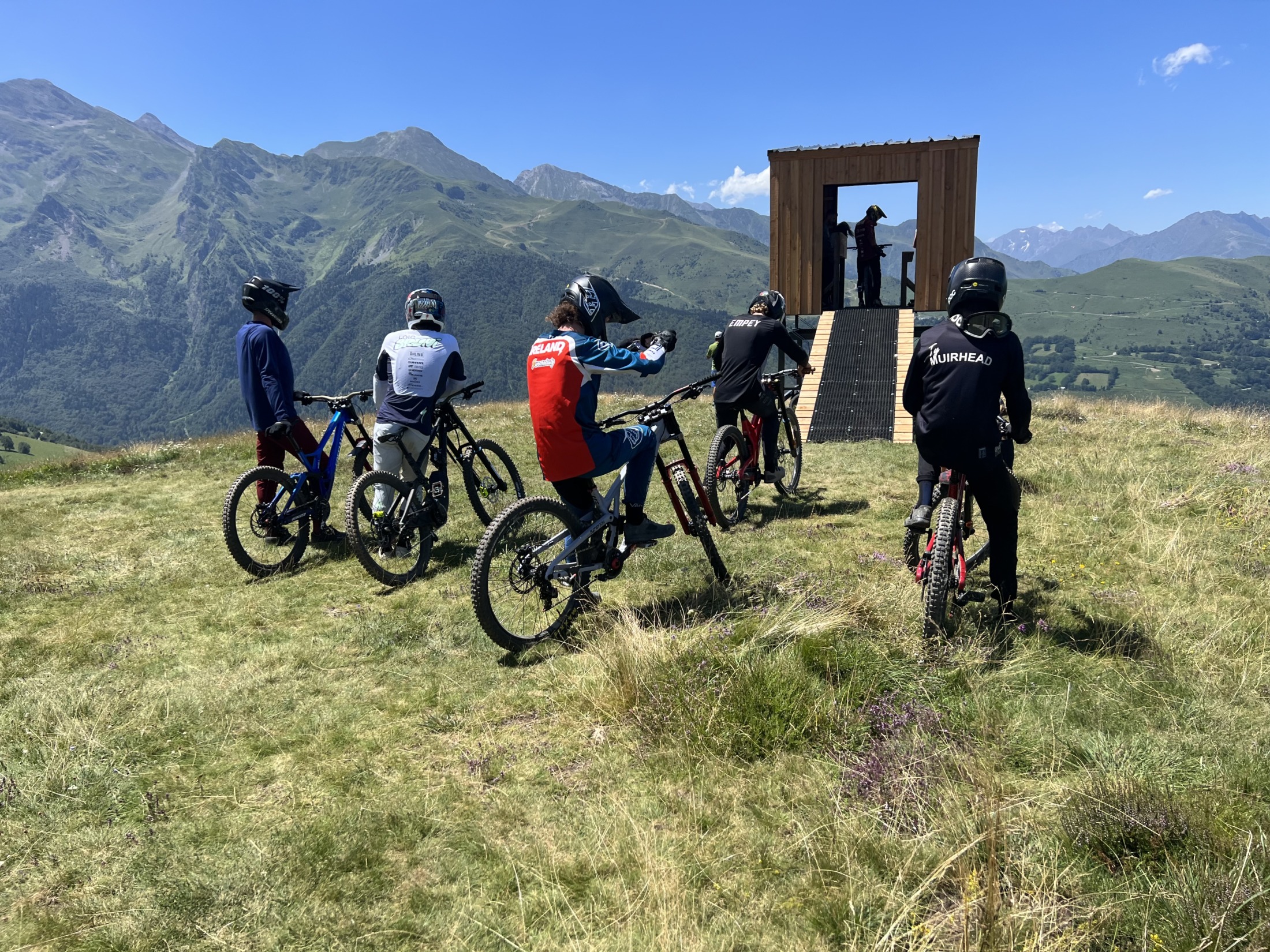
Finding an area that can supply accommodation, food, mobile reception and other necessary resources for the expected crowds is difficult, as even the destinations which supply the best mountain biking, might not be able to accommodate the expectations and needs of fans, media and sponsors.
Loudenvielle, however, is in no way inexperienced in this respect. The narrow streets and stone buildings give off a relaxed and comfortable vibe, but this quaint outer layer houses an iron-willed interior, as the town has already shown its ability to withstand the pressure of hosting multiple Enduro World Cups in the past.
Henry, who is the Technical Director for the World Cup in September, says that ESO Sports — the company which heads the UCI-sanctioned Enduro World Series — reached out privately to Loudenvielle to host the downhill race as well as the enduro in September.
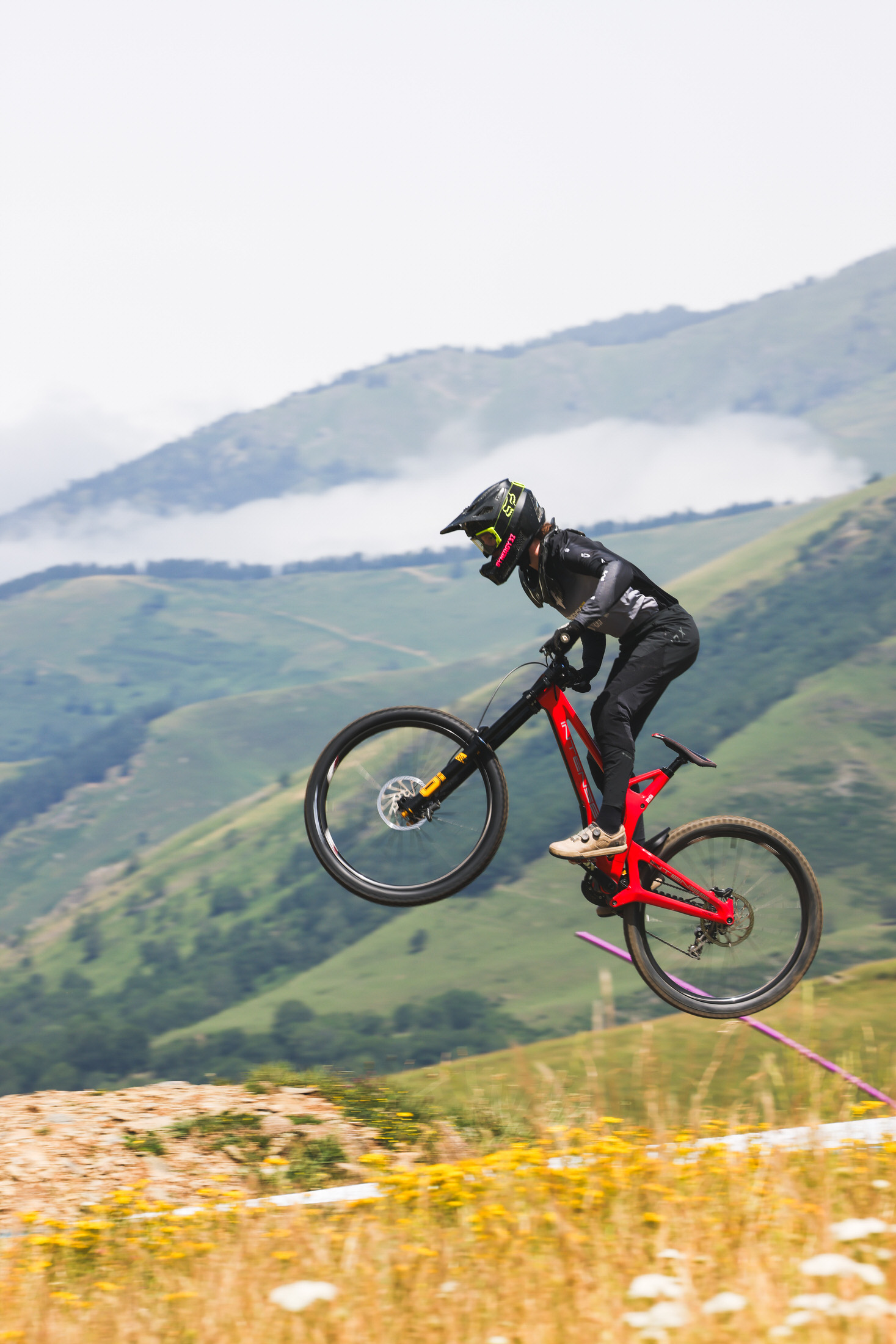
He tells Flow there have been big developments in the Louron Valley, with things like new lifts, all working in the bike park’s favour.
“We have been hosting the Enduro World Series for the last two years, (and) following the success of these two EDRs, ESO proposed to us to host a DHI / EDR World Cup,” Henry says.
With that, Loudenvielle was drawn above the rest, and the game was on for 2023.
Building a track for racers and broadcast
Excitement fills the air, and Loudenvielle is in the World Cup downhill circuit for 2023. But hold on a minute… where is the track?
The mountains surrounding the town are crawling with a spider web of trails, but given the enduro-orientated climate of the area, until recently Loudenvielle has been devoid of a suitable downhill course to race on. So, the work on a new trail began.
Creating any new mountain bike track from scratch is by no means a simple feat, and especially as this one is intended for a pool of elite athletes whose expectation for the standard of riding is high, the pressure was on to deliver the perfect course.
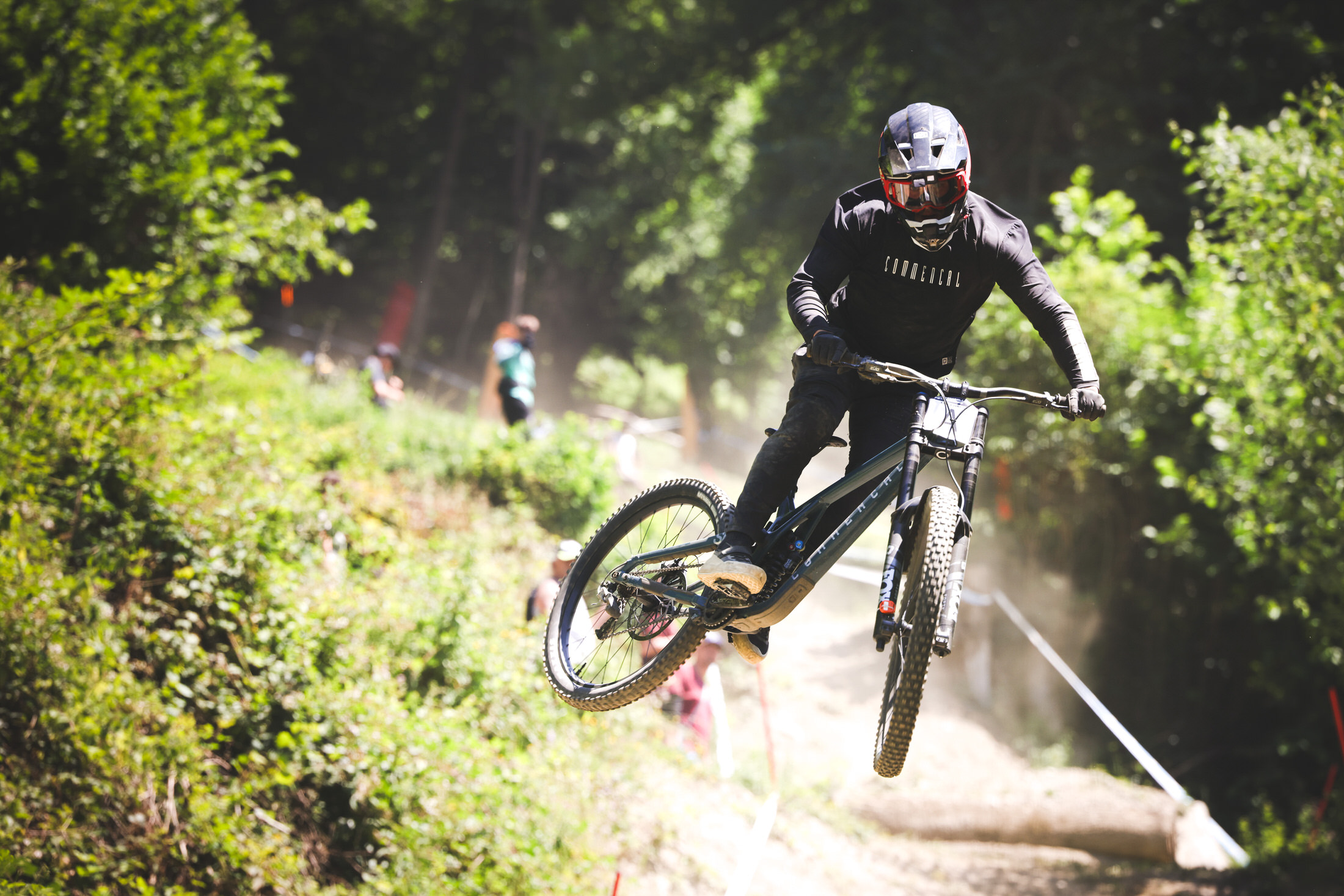
Talking with Ludovic Henry, it was evident that there are many more variables which go into building a world-class track than just picking a line, moving some dirt and then riding down it. A World Cup course must not only appeal to riders, but also TV presenters, sponsors and a mass of fans who are sitting on the edge of their seats.
Henry says the organisers had to do a track walk with Warner Bros Discovery, who own the TV rights to the races as well as deal with “environmental authorizations” before beginning the build.
Wanting the best possible track for riders and spectators, Henry tells Flow that, “find(ing) the best line options in accordance with sport and TV requirements (was) the hardest part”.
Not only does the track need to be technically difficult, but also provide distinct areas where camera crews can post up for the week to broadcast the event.
Offroad.cc One Click Adventures wrote that Warner Brothers Discovery has adopted the use of “more cameras on the course as well as first-person view drones” throughout the 2023 season, making the broadcasting aspect of the event an even bigger organisational feat to overcome.

The Pyrenees Mountain Bike Festival, which is hosting the event in Loudenvielle, however, have not been left alone to tackle these difficulties and some big names in mountain biking have been involved in the design and build of the track.
Ruaridh Cunningham, Director of Sport at ESO, British National Champion in 2011 and Red Bull Hardline winner in 2015 has been involved since the beginning, alongside Alex Balaud, who is the Manager at MTB Events SAS, which runs the Enduro Series French Cup and professional mountain bike coach. Loic Bruni has also made multiple trips to the area to give his insight into the nature of the fresh trail.
Seven months into the build, following multiple design visits, having met environmental authorisation requirements and endured the setback of frequent snow coverage during the winter, the track was ready to be tested.
The Loudenvielle Test Event
Is the track ready for the World Cup? Will it challenge the riders appropriately? Will it entertain fans? These are the questions that have constantly been asked throughout the build period at Loudenvielle. To calm the nerves of the organisers and ensure that the answer to all of these queries is a strong ‘yes’, the Loudenvielle Test Event was held.
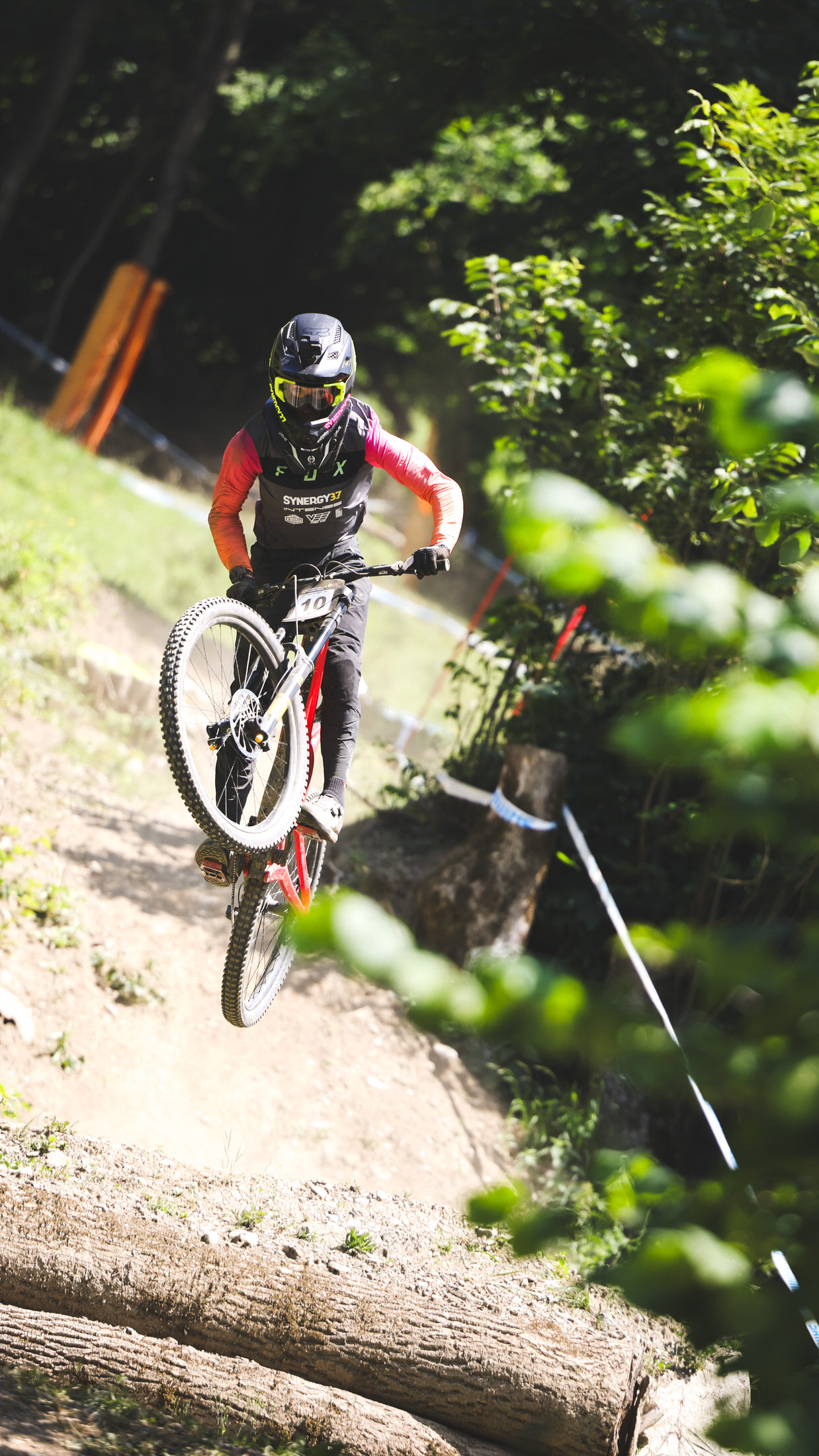
Only open for registered World Cup teams to attend, the test event saw a small pool of riders roll up to the start gate to put some fresh tire tracks on the newly-turned earth. Pro teams, including Dorval AM Commencal, Specialised Gravity, Canyon and Scott were present at the event, so for my team Synergy37, arriving as a smaller outfit and still being able to give feedback in the midst of these mountain biking powerhouses was a huge privilege.
“The purpose (of the event) was to make the riders test the new track and get their feedback to improve (it) and make it as good as possible for the race,” Henry says.
Beginning with a fast motorway section at the top of the run, the trail peels off into technical off-camber sections through the woods, with enduro-style corners leading to the finish line. The track was well built and fun to ride, but during the two days of testing, there were still lots of constructive comments coming in from all sides.
A big topic of conversation at the test event was the finish line, as this is typically the section of track where most people stand watching a World Cup. To give the race the explosive ending it deserves, the final section of track usually provides an exciting set of features, like an impressive gap-jump or large, high-speed corners.

Henry says that the feedback the bike park took from the event included ideas to improve catch berms, open multiple lines and modify the steep section in the centre of the track.
He also tells us they’re looking to change the finish section to make it more direct.
Only four days after the test event, the trail builders are already back working on the track to make the necessary adjustments and modifications leading up to the race in September. With all the hard work and pressure the organisers have been under to supply a sparkly-fresh World Cup track, it will be exciting to see the finished product be put to the test come race week.